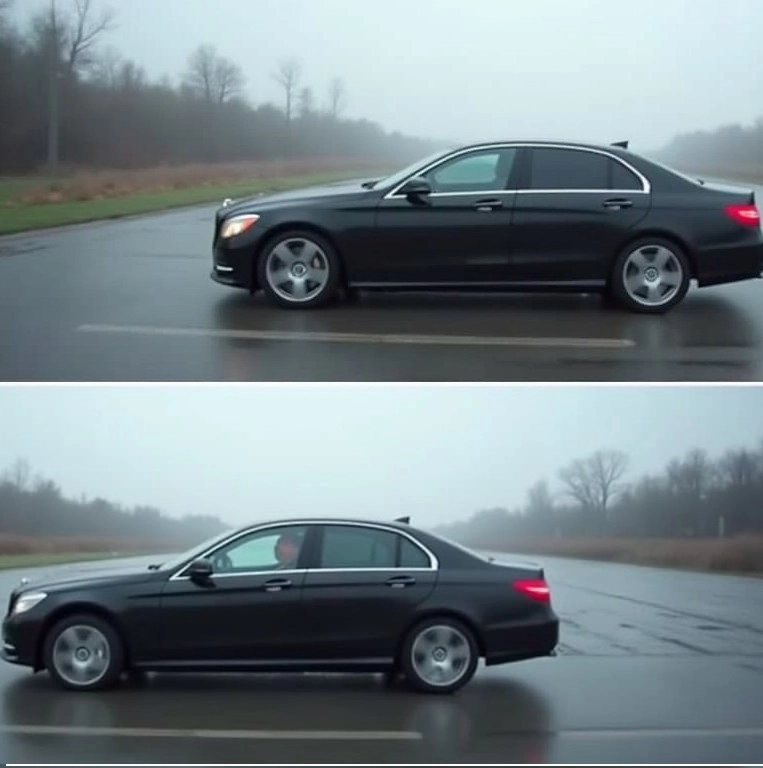ABS Braking System Guide: Understanding This Critical Safety Feature

Imagine you’re driving on a rainy highway when a car suddenly stops in front of you. Your heart races as you slam the brakes – but instead of skidding helplessly, your car maintains control. That’s your ABS braking system in action, working silently to potentially save your life.
- ABS Braking System Guide: Understanding This Critical Safety Feature
- Understanding Your ABS Braking System
- How ABS Technology Works
- The Science Behind ABS Braking
- When and How to Use ABS Effectively
- Common ABS Activation Scenarios
- Maintaining Your ABS System
- Warning Signs of ABS Problems
- Dashboard Warnings
- Advanced ABS Features and Integration
- Electronic Stability Control
- Traction Control Systems
- Frequently Asked Questions
Understanding Your ABS Braking System
The Anti-lock Braking System (ABS) is more than just another vehicle safety feature – it’s your invisible co-pilot during emergency braking situations. This sophisticated system prevents wheel lockup, maintaining steering control when you need it most.
| ABS Component | Primary Function |
|---|---|
| Speed Sensors | Monitor wheel rotation speed |
| Hydraulic Unit | Controls brake pressure |
| Control Module | Processes sensor data and manages system |
How ABS Technology Works

When you press the brake pedal hard, the ABS system springs into action through several crucial steps:
- Wheel Speed Monitoring: Constant tracking of each wheel’s rotation
- Pressure Modulation: Rapid brake pressure adjustments
- Traction Optimization: Maximizing grip on various surfaces
The Science Behind ABS Braking
Your ABS braking system operates on a simple yet powerful principle: maintaining the optimal slip ratio between your tires and the road surface. Think of it like a skilled ice skater who knows exactly how much pressure to apply for a perfect stop.
When and How to Use ABS Effectively
Maximizing the benefits of your ABS system requires understanding when and how to engage it properly:
- Apply firm, continuous pressure
- Don’t pump the brakes
- Maintain steering control
- Stay calm during ABS activation
Common ABS Activation Scenarios

Understanding when your ABS typically activates helps you prepare for various driving conditions:
| Road Condition | ABS Response |
|---|---|
| Wet Roads | Frequent modulation |
| Icy Surfaces | Maximum intervention |
| Dry Pavement | Minimal activation |
Maintaining Your ABS System
Regular maintenance ensures your ABS braking system performs optimally when you need it most. Consider these essential maintenance points:
- Regular brake fluid checks
- ABS sensor cleaning
- System diagnostic scans
Warning Signs of ABS Problems
Being alert to potential ABS issues can prevent system failures. Watch for these indicators:
Dashboard Warnings
Learn to recognize and respond to these critical signals from your vehicle:
- Illuminated ABS warning light
- Unusual brake pedal behavior
- Strange noises during braking
Advanced ABS Features and Integration
Modern ABS systems work in conjunction with other safety technologies:
Electronic Stability Control
The integration between ABS and ESC provides comprehensive vehicle control during challenging situations. Learn more about these advanced systems at NHTSA’s Safety Technologies.
Traction Control Systems
For detailed information about how ABS works with traction control, visit SaferCar.gov. You can also explore advanced driving techniques at IIHS.
Watch this comprehensive demonstration of ABS in action:
Frequently Asked Questions
Q: Can ABS fail during an emergency?
A: While rare, ABS can fail if not properly maintained or if there are electrical system issues.
Q: Does ABS work differently on various surfaces?
A: Yes, ABS adjusts its operation based on road conditions and surface traction.
Q: How often should I have my ABS checked?
A: Have your ABS inspected during regular brake maintenance, typically every 12,000-15,000 miles.
Q: Will I feel vibrations when ABS activates?
A: Yes, pulsing in the brake pedal is normal and indicates the system is working properly.
Q: Can I disable my ABS?
A: It’s not recommended and may be illegal in some jurisdictions to disable this safety feature.


